Type of Art That Has a Lot of People

Abstruse Expressionism
The designation 'Abstruse Expressionism' encompasses a wide variety of American 20th-century fine art movements in abstract art. Also known as The New York School, this movement includes large painted canvases, sculptures and other media besides. The term 'action painting' is associated with Abstract Expressionism, describing a highly dynamic and spontaneous application of vigorous brushstrokes and the effects of dripping and spilling paint onto the canvas.
Read more most Abstract Expressionism.
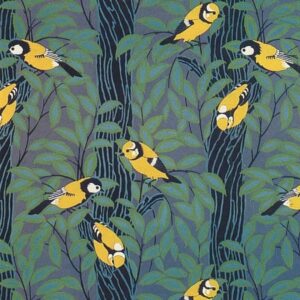
Art Deco
Emerging in France earlier the Get-go Earth War, Art Deco exploded in 1925 on the occasion of the Exposition des Arts Décoratifs (Exhibition of Decorative Arts). Blurring the line betwixt different mediums and fields, from compages and piece of furniture to clothing and jewelry, Fine art Deco merged modern aesthetic with expert adroitness, advanced technology, and elegant materials.
Read more nigh Art Deco.

Fine art Nouveau
A decorative style that flourished between 1890 and 1910 throughout Europe and the U.Due south. Art Nouveau, as well called Jugendstil (Germany) and Sezessionstil (Republic of austria), is characterized by sinuous, asymmetrical lines based on organic forms. Although it influenced painting and sculpture, its chief manifestations were in architecture and the decorative and graphic arts, aiming to create a new manner, costless of the imitative historicism that dominated much of 19th-century art movements and design.
Read more about Art Nouveau.
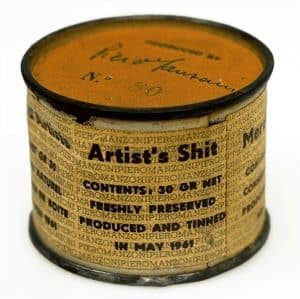
Advanced
In French, avant-garde means "advanced guard" and refers to innovative or experimental concepts, works or the group or people producing them, particularly in the realms of culture, politics, and the arts.
Read more about Avant-garde.

Baroque
The term Baroque, derived from the Portuguese 'barocco' meaning 'irregular pearl or rock', is a movement in art and architecture developed in Europe from the early seventeenth to mid-eighteenth century. Baroque emphasizes dramatic, exaggerated motility and clear, hands interpreted, detail, which is a far cry from Surrealism, to produce drama, tension, exuberance, and grandeur.
Read more than about Baroque.
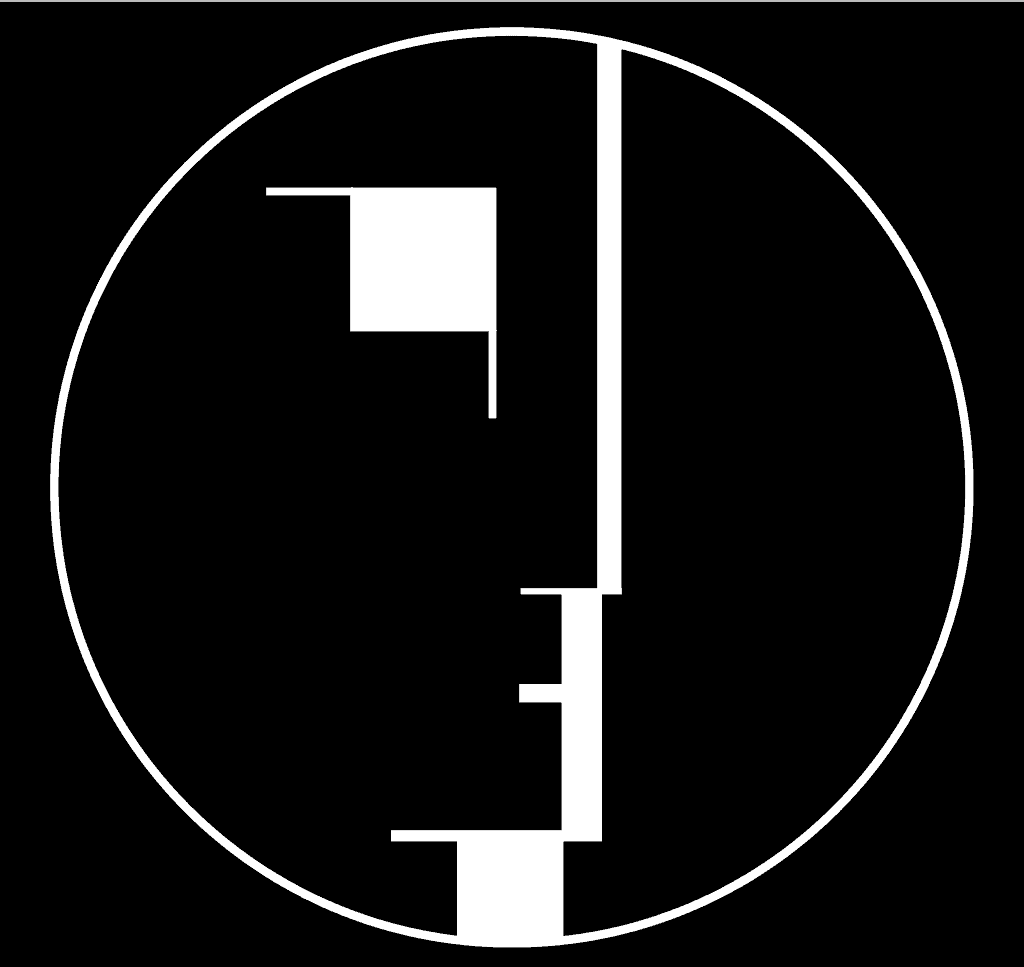
Bauhaus
The school of art and design was founded in Federal republic of germany by Walter Gropius in 1919 and close downwardly by the Nazis in 1933. The faculty brought together artists, architects, and designers, and developed an experimental pedagogy that focused on materials and functions rather than traditional fine art school methodologies. In its successive incarnations in Weimar, Dessau, and Berlin, information technology became the site of influential conversations about the role of modernistic fine art and pattern in society.
Read more than near Bauhaus.
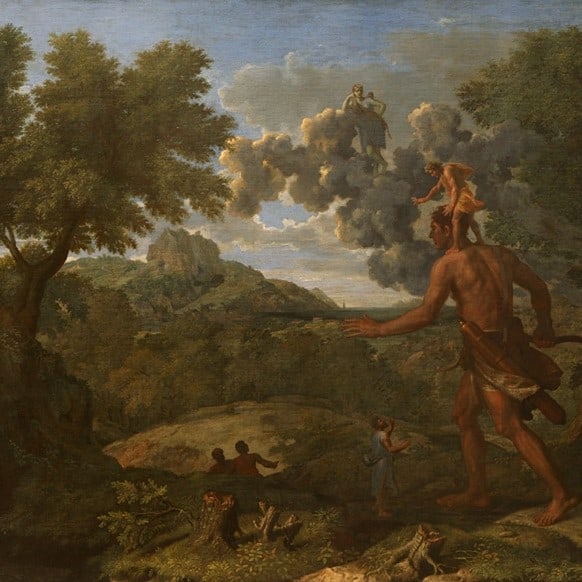
Classicism
The principles embodied in the styles, theories, or philosophies of the unlike types of fine art from ancient Hellenic republic and Rome, concentrating on traditional forms with a focus on elegance and symmetry.

CoBrA
Founded in 1948 in Paris, CoBrA was a brusk-lived even so ground-breaking mail-war grouping gathering international artists who advocated spontaneity every bit a means to create a new society. The name 'CoBrA' is an acronym for the home cities of its founders, respectively Copenhagen, Brussels and Amsterdam.
Read more almost CoBrA.
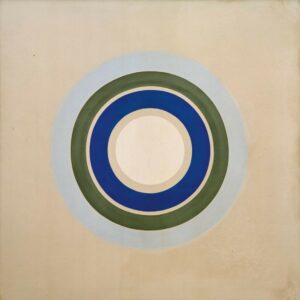
Color Field Painting
Often associated with Abstruse Expressionism, the Colour Field painters were concerned with the utilize of pure abstraction simply rejected the active gestures typical of Action Painting in favor of expressing the sublime through large and flat surfaces of contemplative colour and open up compositions.
Read more well-nigh Color Field Painting.

Conceptual art
Conceptual art, sometimes only called conceptualism, was one of several 20th-century fine art movements that arose during the 1960s, emphasizing ideas and theoretical practices rather than the cosmos of visual forms. The term was coined in 1967 by the artist Sol LeWitt, who gave the new genre its name in his essay "Paragraphs on Conceptual Art," in which he wrote, "The thought itself, even if not made visual, is as much a work of art as any finished production."
Read more well-nigh Conceptual Art.

Constructivism
Adult by the Russian avant-garde around 1915, constructivism is a co-operative of abstract art, rejecting the idea of "art for art'southward sake" in favour of art as a exercise directed towards social purposes. The movement's work was mostly geometric and accurately equanimous, sometimes through mathematics and measuring tools.
Read more about Constructivism.

Cubism
An artistic movement began in 1907 past artists Pablo Picasso and Georges Braque who developed a visual linguistic communication whose geometric planes challenged the conventions of representation in unlike types of art, by reinventing traditional subjects such as nudes, landscapes, and even so lifes as increasingly fragmented compositions.
Read more than well-nigh Cubism.

Dada / Dadaism
An artistic and literary movement in art formed during the Showtime Globe War equally a negative response to the traditional social values and conventional artistic practices of the different types of art at the time. Dada artists represented a protest movement with an anti-establishment manifesto, sought to expose accepted and often repressive conventions of order and logic by shocking people into cocky-awareness.
Read more than about Dadaism.
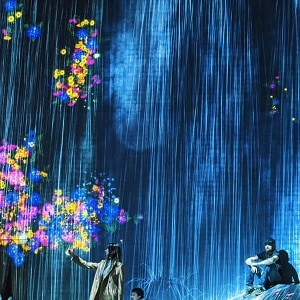
Digital Art
Digital Fine art broadly covers a multifariousness of creative practices that employ dissimilar electronic technologies and result in a concluding product that is also digital. From computer graphics to virtual reality, from artificial Intelligence to NFT engineering, the Digital Art spectrum is wide, innovative, and nether the spotlight of the contemporary fine art market.
Read more almost Digital Fine art.

Expressionism
Expressionism is an international artistic move in art, architecture, literature, and performance that flourished between 1905 and 1920, especially in Federal republic of germany and Republic of austria, that sought to limited the meaning of emotional experience rather than physical reality. Conventions of the expressionist manner include baloney, exaggeration, fantasy, and vivid, jarring, violent, or dynamic application of colour in guild to express the artist's inner feelings or ideas.
Read more about Expressionism.

Fauvism
Coined by the critic Louis Vauxcelles, Fauvism (French for "wild beasts") is one of the early on 20th-century art movements. Fauvism is associated especially with Henri Matisse and André Derain, whose works are characterized by stiff, vibrant color and bold brushstrokes over realistic or representational qualities.
Read more than almost Fauvism.

Futurism
Fairly unique among unlike types of art movements, it is an Italian evolution in abstract fine art and literature, founded in 1909 past Filippo Tommaso Marinetti, aiming to capture the dynamism, speed and free energy of the modernistic mechanical world.
Read more almost Futurism.
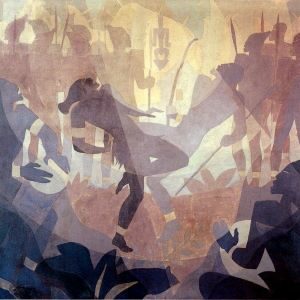
Harlem Renaissance
Emerged after the Outset World State of war in the predominantly African-American neighbourhood Harlem in New York, the Harlem Renaissance was an influential movement of African-American art spanning visual arts, literature, music, and theatre. The artists associated with the movement rejected stereotypical representations and expressed pride in black life and identity.
Read more about Harlem Renaissance.

Impressionism
Impressionism is a 19th-century art motility, associated peculiarly with French artists such as Claude Monet, Pierre Auguste Renoir, Camille Pissarro and Alfred Sisley, who attempted to accurately and objectively record visual 'impressions' by using pocket-sized, sparse, visible brushstrokes that coalesce to form a single scene and emphasize motility and the irresolute qualities of light.
Read more about Impressionism.

Installation Art
Installation art is a move developed at the same time as pop art in the late 1950s, which is characterized by large-scale, mixed-media constructions, oft designed for a specific place or for a temporary menstruum of time. Often, installation art involves the creation of an enveloping aesthetic or sensory experience in a particular environment, ofttimes inviting agile appointment or immersion past the spectator.
Read more than about Installation Art.

State Art
Land fine art, also known as World fine art, Environmental art and Earthworks, is a unproblematic art movement that emerged in the 1960s and 1970s, characterized past works made direct in the landscape, sculpting the land itself into earthworks or making structures in the mural using natural materials such as rocks or twigs. It could exist seen as a natural version of installation fine art. Country art is largely associated with Great Britain and the Us but includes examples from many countries.
Read more about Land Art.

Minimalism
Another 1 of the art movements from the 1960s, and typified by works composed of simple fine art, such as geometric shapes devoid of representational content. The minimal vocabulary of forms fabricated from humble industrial materials challenged traditional notions of craftsmanship, the illusion of spatial depth in painting, and the idea that a work of abstruse art must be i of a kind.
Read more almost Minimalism.

Neo-Impressionism
A term practical to an avant-garde fine art movement that flourished principally in France from 1886 to 1906. Led by the instance of Georges Seurat and Paul Signac, Neo-Impressionists renounced the spontaneity of Impressionism in favour of a measured and systematic painting technique known equally pointillism, grounded in science and the report of eyes.

Neoclassicism
Almost the opposite of pop art in terms of inspiration, this style is one that arose in the second half of the eighteenth century in Europe, cartoon inspiration from the classical art and civilisation of Aboriginal Greece and Ancient Rome, which is not uncommon for art movements.
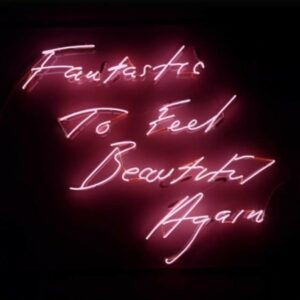
Neon Art
In the 1960s, Neon Art turned a commercial medium employed for advertising into an innovative artistic medium. Neon lighting allowed artists to explore the relationship between light, colour, and space while borer into pop civilization imagery and consumerism mechanisms.
Read more about Neon Fine art.
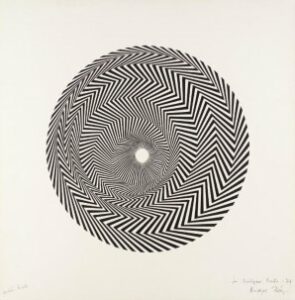
Op Art
Op Art is an abbreviation of optical fine art, a form of geometric abstract art that explores optical sensations through the use of visual effects such every bit repetition of uncomplicated forms, vibrating color-combinations, moiré patterns, foreground-background defoliation, and an exaggerated sense of depth. Op Art paintings and works employ tricks of visual perception like manipulating rules of perspective to requite the illusion of iii-dimensional infinite.
Read more than about Op Art.
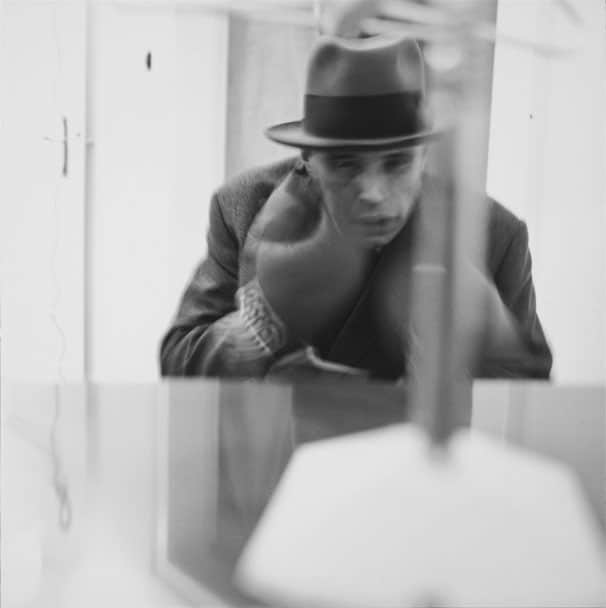
Performance Art
A term that emerged in the 1960s to describe different types of fine art that are created through deportment performed by the artist or other participants, which may be live or recorded, spontaneous or scripted. Performance challenges the conventions of traditional forms of visual art such equally painting and sculpture by embracing a variety of styles such as happenings, body art, actions, and events.
Read more virtually Performance Art.

Pop Art
Pop Art emerged in the 1950s and was composed of British and American artists who draw inspiration from 'popular' imagery and products from commercial culture every bit opposed to 'elitist' art. Pop art reached its tiptop of activity in the 1960s, emphasizing the bland or kitschy elements of everyday life in such forms as mechanically reproduced silkscreens, large-scale facsimiles, and soft pop art sculptures.
Read more than about Pop Art.

Post-Impressionism
'Post-Impressionism' is a term coined in 1910 by English art critic and painter Roger Fry to describe the reaction against the naturalistic depiction of lite and color in Impressionism. Artists like Paul Cézanne, Paul Gauguin, and Vincent van Gogh adult a personal style although unified by their interest in expressing their emotional and psychological responses to the world through assuming colours and often symbolic images.

Precisionism
Precisionism was the start existent indigenous modernistic fine art movement in the Usa and contributed to the rise of American Modernism. Taking its cues from Cubism and Futurism, Precisionism was driven by a desire to bring construction dorsum to art and celebrated the new American landscape of skyscrapers, bridges and factories.
Read more about Precisionism.

Rococo
Rococo is a movement in art, particularly in architecture and decorative fine art, that originated in France in the early 1700s. Rococo fine art characteristics consist of elaborate ornament and a calorie-free, sensuous style, including scrollwork, leafage, and animal forms.
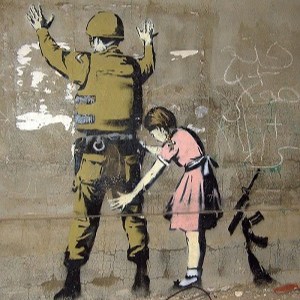
Street Art
Evolving from early forms of graffiti, Street Art is a idea-provoking art movement that emerged in the 1960s and peaked with the spray-painted New York subway train murals of the 1980s. Street artists utilise urban spaces as their canvas, turning cities effectually the earth into open up sky museums and have often plant their way into the mainstream art world.
Read more about Street Art.

Surrealism
Founded by the poet André Breton in Paris in 1924, Surrealism was an artistic and literary movement that was active through Earth State of war 2. The main goal of Surrealism painting and Surrealism artworks was to liberate idea, language, and human feel from the oppressive boundaries of rationalism past championing the irrational, the poetic and the revolutionary.
Read more than about Surrealism.

Suprematism
Found to be a relatively unknown fellow member of the unlike types of abstract fine art movements, outside of the fine art world that is. A term coined by Russian creative person Kazimir Malevich in 1915 to depict an abstract style of painting that conforms to his conventionalities that fine art expressed in the simplest geometric forms and dynamic compositions was superior to before forms of representational fine art, leading to the "supremacy of pure feeling or perception in the pictorial arts."
Read more near Suprematism.
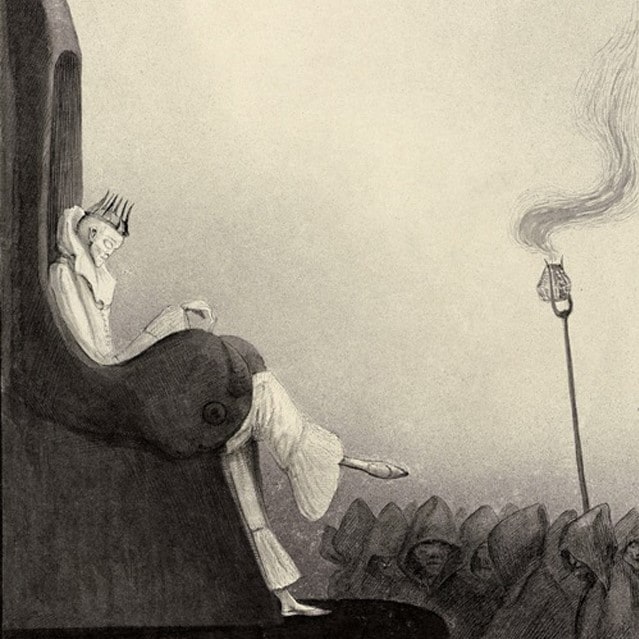
Symbolism
Symbolism emerged in the 2d one-half of the 19thursday century, mainly in Catholic European countries where industrialisation had developed to a great degree. Starting as a literary motion, Symbolism was presently identified with a immature generation of painters who wanted art to reverberate emotions and ideas rather than to represent the natural world in an objective manner, united by a shared pessimism and weariness of the decadence in modern society.
Read more about Symbolism.
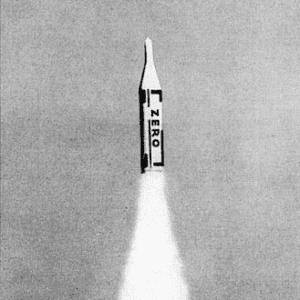
Zero Group
Emerged in Germany and spread to other countries in the 1950s, Zero Group was a group of artists united by the desire to movement away from the subjectivity of post-war movements, focusing instead on the materiality, color, vibration, light, and movement of pure abstract art. The main protagonists of the group were Heinz Mack, Otto Piene, and Günther Uecker.
Read more about Cipher Group.
Larn more than art terminology with:
MoMA – Glossary of Art Terms
Tate – Art Terms
Source: https://magazine.artland.com/art-movements-and-styles/
0 Response to "Type of Art That Has a Lot of People"
Enviar um comentário